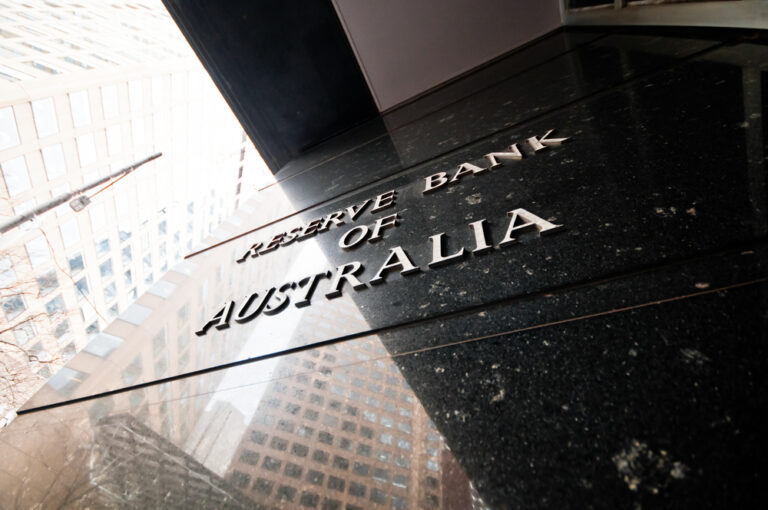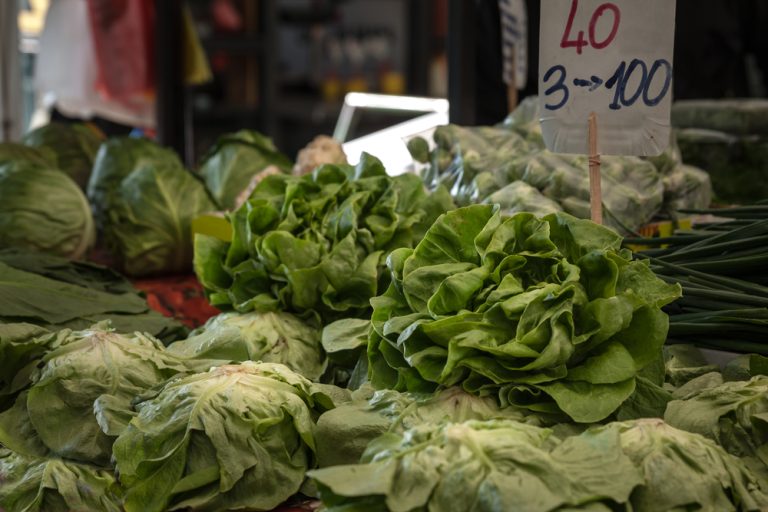Quarterly Economic Update: October-December 2024
The final quarter of 2024 reflected a mixed economic landscape. While consumer spending and equity markets showed resilience, persistent inflation, cost-of-living pressures and a cooling housing market have tempered optimism….




